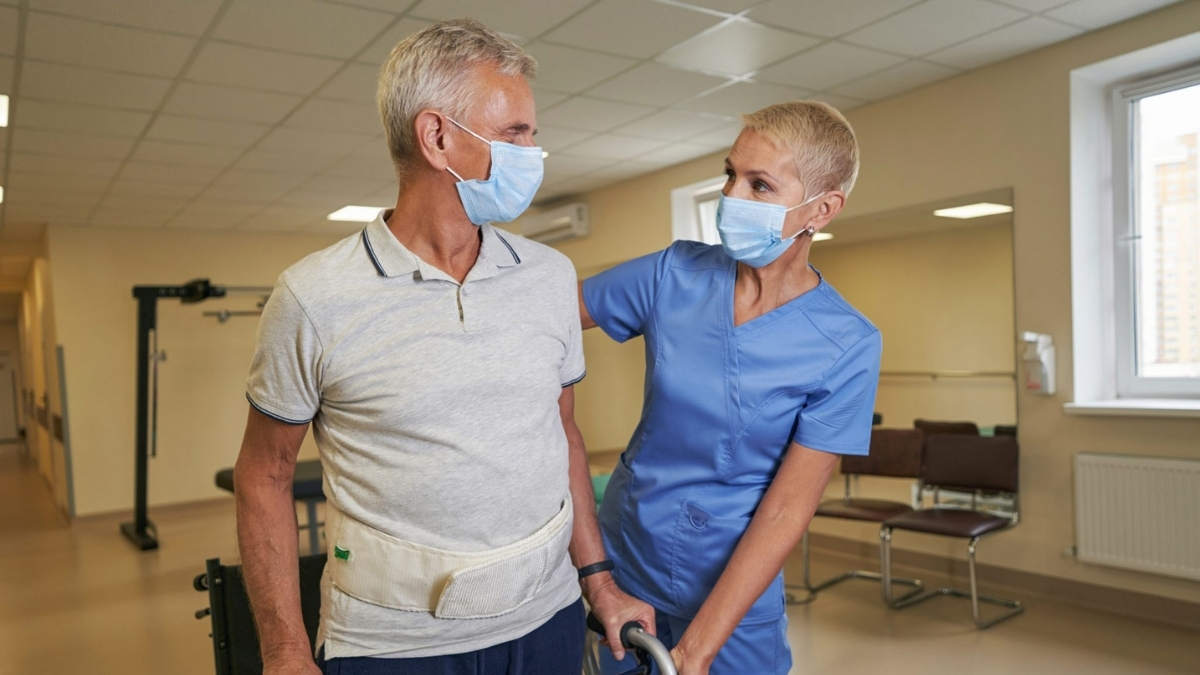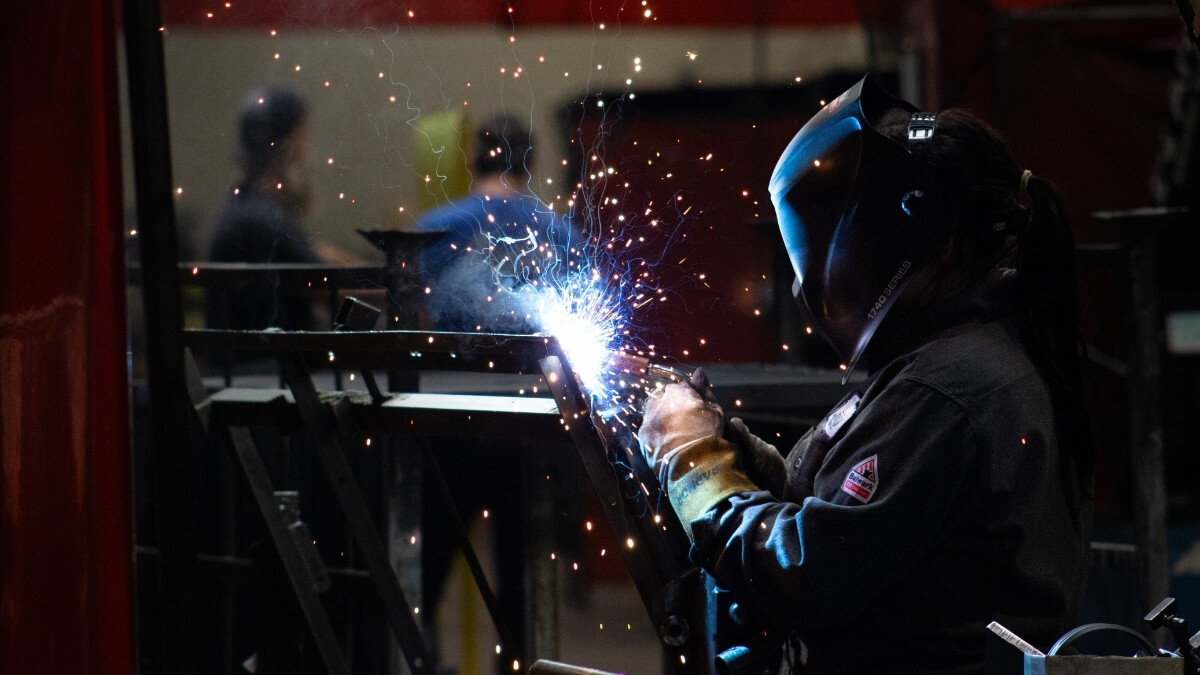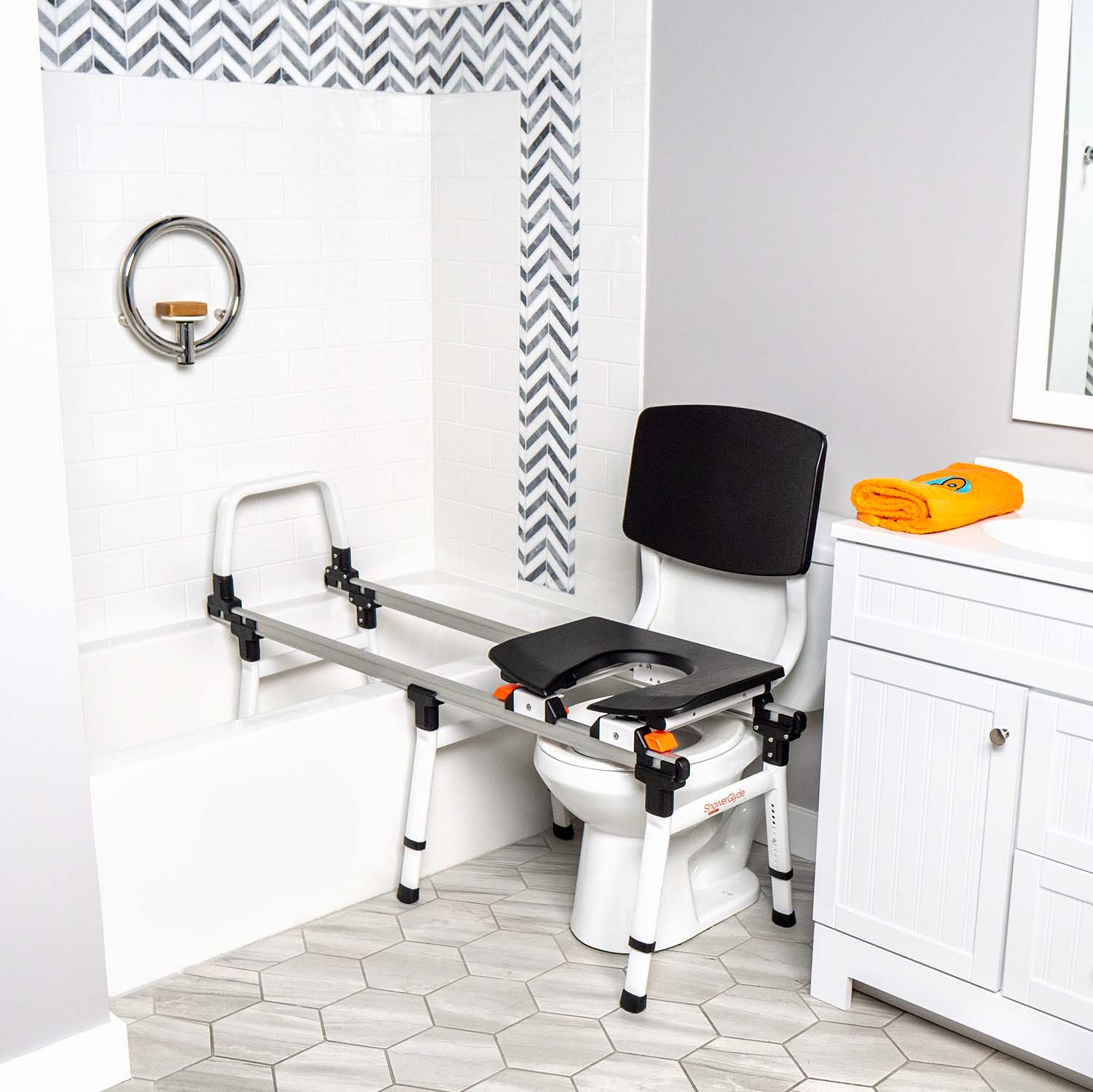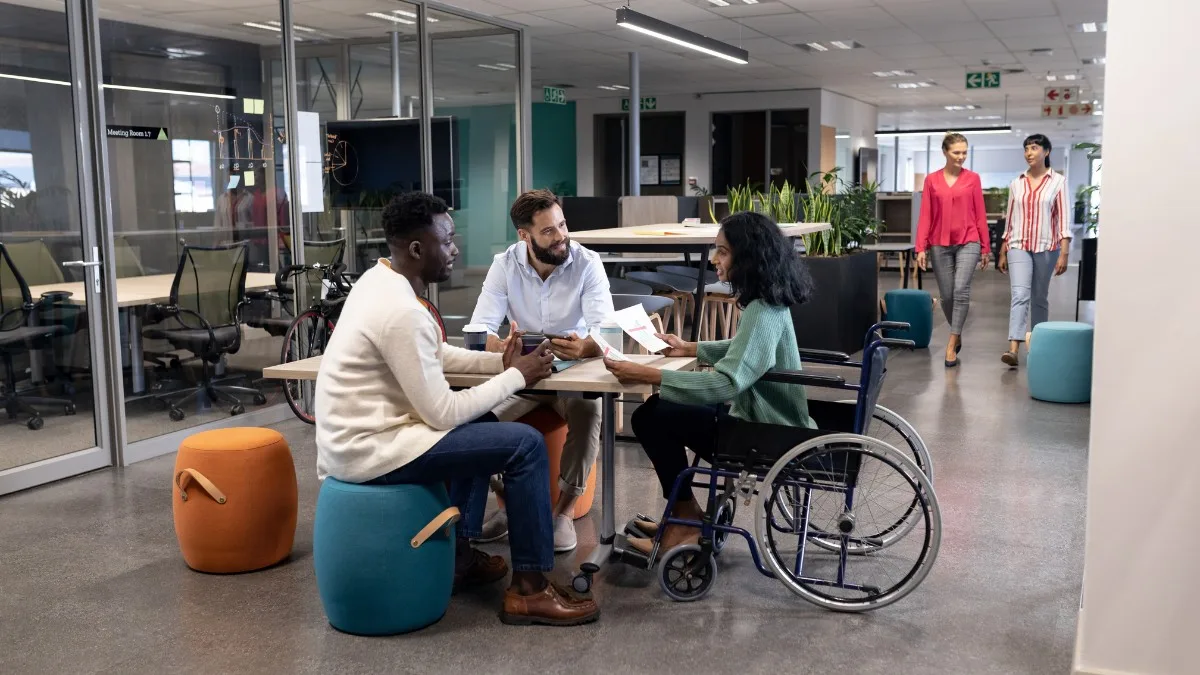May is an important month for raising awareness about stroke prevention, treatment, and support. As we observe Stroke Awareness Month, it is crucial to shed light on the significant impact strokes have on individuals, families, and communities. In this blog post, we aim to emphasize the importance of stroke awareness and the role that accessibility plays in empowering stroke survivors to lead fulfilling lives. At Amramp Accessibility, we are dedicated to making a difference by providing inclusive solutions that promote independence and mobility for stroke survivors.
Understanding Strokes
Strokes occur when the blood supply to the brain is disrupted, leading to cell damage and potentially permanent disability. They can cause various physical, cognitive, and emotional challenges, affecting individuals of all ages and backgrounds. It is estimated that nearly 15 million people worldwide experience a stroke each year, with a significant number resulting in long-term disabilities.
Stroke Awareness Month: Raising Public Consciousness
Stroke Awareness Month serves as a crucial platform to educate the public about stroke prevention, recognition, and response. By increasing knowledge and understanding, we can help people identify the signs and symptoms of a stroke promptly, leading to quicker intervention and improved outcomes. It’s important to remember FAST when trying to identify a stroke:
F: Face drooping. Have they lost control of one side of their face?
A: Arm weakness: Can they raise both arms?
S: Speech difficulties: Are they having trouble speaking or slurring their words?
T: Time to call 911: Time is a key factor in treating a stroke. If you notice these symptoms, it’s critical to act quickly and call for emergency services.
Additionally, promoting awareness of risk factors such as high blood pressure, smoking, obesity, and physical inactivity empowers individuals to make lifestyle changes that reduce their chances of experiencing a stroke.
The Role of Accessibility
After a stroke, many survivors face physical impairments that affect their ability to perform daily activities and navigate their surroundings independently. Accessibility becomes a fundamental aspect of their recovery journey and overall quality of life. Creating environments that are inclusive and accommodating allows stroke survivors to regain their independence, confidence, and sense of belonging within their communities.
#1: Home Accessibility
Modifying the home environment is often the first step in ensuring accessibility for stroke survivors. Installing wheelchair ramps, widening doorways, and removing barriers can greatly enhance mobility and ease of movement within the home. Amramp Accessibility provides a wide range of modular ramps, stair lifts, grab bars, and other solutions that enable stroke survivors to navigate their homes safely and comfortably.
#2: Transportation Accessibility
Accessible transportation is vital for stroke survivors to participate fully in their communities, attend medical appointments, and engage in social activities. Accessible vehicles, public transportation options, and mobility solutions like wheelchair lifts are essential in ensuring stroke survivors can move freely and independently.
#3: Public Spaces and Infrastructure
Promoting accessibility in public spaces and infrastructure benefits not only stroke survivors but the entire community. By implementing accessible features such as ramps, elevators, handrails, and braille signage, we create an inclusive environment where everyone can participate and access services without hindrance. Collaboration between government entities, businesses, and organizations is key to fostering a universally accessible society.
#4: Assistive Technology
The advancements in assistive technology have revolutionized the lives of stroke survivors. Devices such as speech-to-text software, smart home automation, and adaptive tools empower individuals with communication difficulties and physical limitations. These assistive technologies provide stroke survivors with greater independence, enabling them to interact with the world around them and pursue their passions.
The Power of Support Networks
Alongside accessibility, support networks play a crucial role in stroke recovery. Stroke survivors often benefit from connecting with support groups, healthcare professionals, and organizations specializing in stroke rehabilitation. These networks offer emotional support, valuable resources, and a platform for sharing experiences and knowledge. By facilitating these connections, Stroke Awareness Month encourages stroke survivors to seek and find the support they need to navigate their unique challenges.
Conclusion
Stroke Awareness Month reminds us of the impact strokes can have on individuals and their families. By prioritizing accessibility, we can empower stroke survivors to regain control over their lives, enhance their independence and improve their overall well-being. Amramp Accessibility is committed to playing a significant role in this process by providing innovative accessibility solutions that cater to the unique needs of stroke survivors.
As we commemorate Stroke Awareness Month, let us recognize the importance of raising public consciousness about strokes, their prevention, and timely intervention. By educating ourselves and others, we can make a tangible difference in reducing the occurrence of strokes and improving outcomes for those affected.
Accessibility is not just about physical modifications; it is a mindset that embraces inclusivity and equal opportunities for all. It is about creating a society where stroke survivors can live with dignity, participate fully, and contribute to their communities. It is our collective responsibility to advocate for accessibility and push for changes in policies and infrastructure that ensure a barrier-free world.




